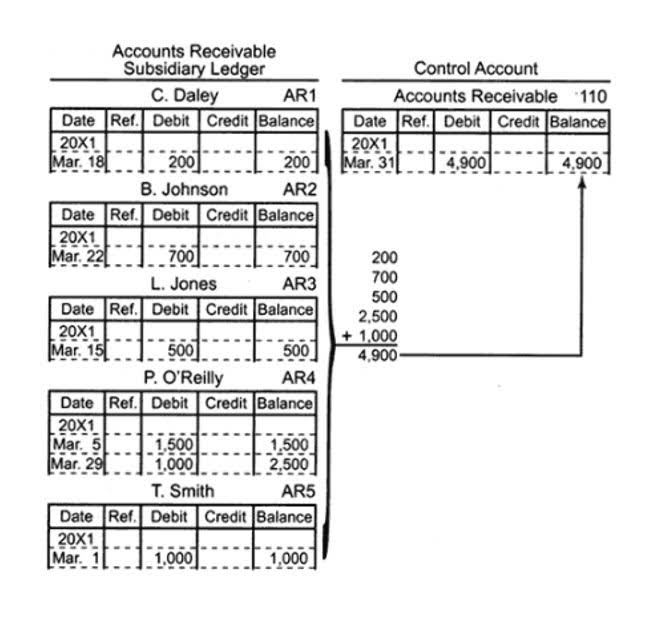
I encourage you to apply these FOB shipping points in your future deals and transfers. Let me know your experience in the comment section, maybe you’ll come across some new unexpected costs that may help me in the future. Before finalizing the agreement, both need to carefully review the terms and negotiate them to not affect any costs or responsibilities.
FOB Destination Pros

Ideally, the seller pays the freight charges to a major port or other shipping destination and the buyer pays the transport costs from the warehouse to his store or vendors. FOB origin pricing means the buyer pays shipping costs and owns the goods once https://www.gytempresarial.com/how-to-make-correcting-entries-in-accounting/ they leave the seller’s site—like a shipment from Shanghai to LA where the buyer covers $2,000 in freight. FOB destination pricing shifts those costs and ownership to the seller until delivery, often raising the goods’ price to offset expenses.

Who Pays for Shipping in FOB Shipping Point?

A prevalent misconception is that FOB terms solely determine liability for damages during shipping. While FOB terms establish when ownership and risk transfer, they do not replace insurance agreements or address liability arising from negligence or other factors. Comprehensive shipping contracts should include clear insurance terms to cover potential damages. When shipping goods internationally, understanding the difference between FOB Destination and FOB Shipping Point is crucial. These terms determine the point at which ownership of the goods transfers from the seller to the buyer, as well as who is responsible for the cost and risk of transporting the goods.
Understanding FOB Shipping Point in International Trade
This can be both a blessing and a curse for buyers who need to ensure timely delivery but also a fob shipping point challenge for sellers trying to control their supply chain. FOB ship points can be a strategic component of your international trade operations, offering clear guidelines on responsibility and cost allocation. However, it’s essential to weigh the advantages against potential challenges and select the most appropriate FOB terms that align with your business objectives and logistical capabilities.
- Hence, you need to negotiate any points that could impact costs or responsibilities, such as the specifics of delivery timelines and the handling of damaged goods.
- Where the FOB terms of sale are indicated as “FOB Origin,” the buyer is responsible for the costs involved in transporting the goods from the seller’s warehouse to the final destination.
- It is important to note that the FOB point can differ based on the mode of transportation.
- Ensures delivery to the buyer’s specified location, including unloading if specified in the contract.
- Hence, I was shocked by the unexpected shipping cost, freight charges, and import duties.
- FOB Port (e.g., FOB Rotterdam) – The Seller covers all costs to transport goods to the specified port, such as Rotterdam.
- The seller maintains ownership of the goods–and responsibility for replacing damaged or missing items–under the FOB destination agreement until goods arrive at their destination.
- With FOB shipping points, you can save money on shipping costs and have more control over the logistics of your shipments.
- At Eurosender, we collaborate with reliable cargo transport companies and international carriers and will connect you to the best provider for you.
- FOB terms are vital because they clearly define who pays for shipping and insurance at each stage of the transport process.
- An FOB point closer to the origin allows sellers to control transportation costs better, potentially offering lower prices.
- FOB destination is a logistics term that applies only to sea freight, where the vendor has the legal title and responsibility of goods until they reach the buyer’s specified location.
From that point, the consignee (buyer) is responsible for the goods until they reach the final delivery point. FOB Destination means the seller retains responsibility for the goods until they arrive at a designated location – whether that’s a port, warehouse, or the buyer’s facility. Ownership and liability shift to the buyer only once delivery to that agreed destination is complete. So, clarity in FOB terms ensures smoother transactions, accurate accounting, and effective management of the international shipping process.

FOB stands for Free on Board, and the term Free on Board refers to when the buyer assumes responsibility cash flow for the goods. To harness the advantages of FOB, one must engage in meticulous negotiation and take into account the distinct needs and preferences of both parties participating in the global trade transaction. This division of duties traces each party’s distinct responsibilities in facilitating the seamless movement of goods from the seller’s warehouse to the buyer.


